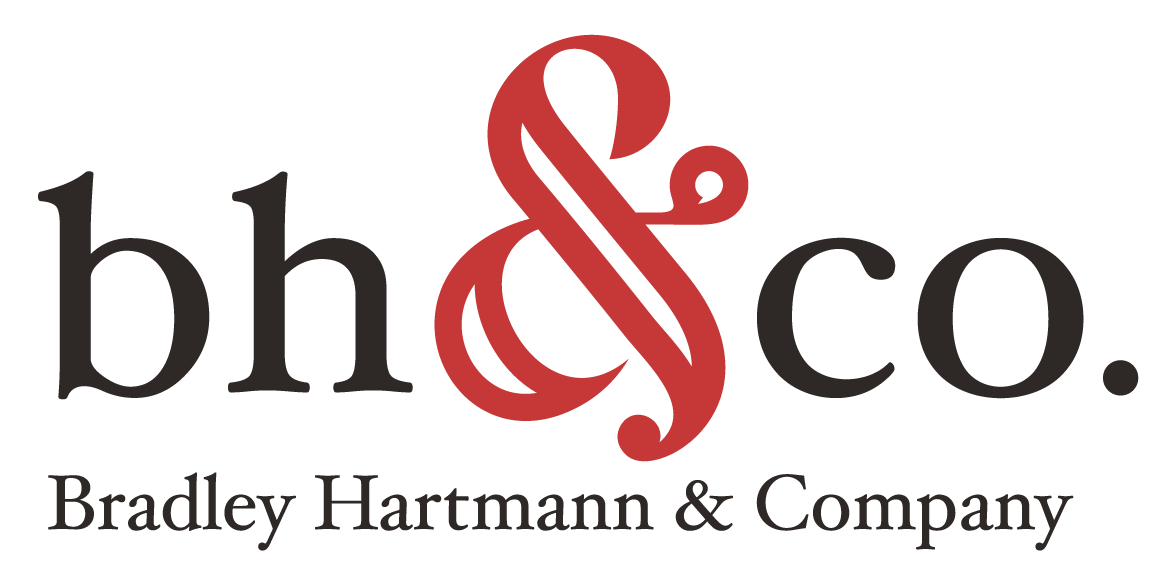We Don't Talk About Sales Forecasts (or Bruno)
LAST NOVEMBER DISNEY released the animated movie, Encanto, which included a song that reached the top of the Billboard Hot 100, “We Don’t Talk About Bruno”.
As I began to hear “We Don’t Talk About Bruno” multiple times every day on the radio, I asked the obvious question.
Why?
Why don’t we talk about Bruno?
The answer: Bruno made forecasts.
Nobody talks about Bruno because he consistently made predictions about the future. Turns out his family, the Madrigals—just like many of us in the LBM industry—don’t like talking about forecasts.
“Current month, plus three.”
When working with clients to improve sales performance, we request the same information from each sales pro each month.
“Give me your current month, plus three,” I say.
We're asking for revenue and gross margin forecasts for the current month and the subsequent three months. The first time we conduct this exercise, the responses are nearly all the same.
It starts with a laborious sigh.
An eye-roll typically follows.
Then there’s a reference to Nostradamus, the impossibility of anticipating OPEC gas prices, the war in Ukraine, and rising fed rates.
The underlying sentiment is this: Sales forecasts are hard; why do I have to do them?
For three primary reasons:
1. Forecasts allow for learning.
Insights are generated when forecasts are made. If a sales rep is absurdly accurate in their forecast? Great. They just confirmed what they know. If a sales rep is wildly off base? OK. Revisit what was known at the time of the forecast and learn from it.
2. Forecasts drive accountability.
Monthly sales forecasts are the simplest form of sales rep accountability. Sales reps who resist making them—citing a lack of time, most often—either do not have confidence in a pipeline valuation process and/or do not want to be held accountable.
Sales leaders should provide the former and demand the latter.
Knowledgable, engaged sales reps should be able to consistently forecast to within 10-15 percent of their 30-day sales forecast. Sales forecasts 60-90-120 days in the future are far less accurate, yet deliver insights through long-term trend analysis.
3. Forecasts monitor demand.
We work in a cyclical industry and are near the tail end of a decade-long cycle. Tracking current-month-plus-three sales forecasts allow leaders to anticipate the inevitable slowdown from the people closest to your customers—your salespeople.
Teams that do this have a competitive advantage over those that do not.
We do talk about (Matt) Bruno.
Matt Bruno is a sales rep at Kuiken Bros. and his success is one of the reasons that drove Nick Kuiken and I to develop the OSR Academy. When we started working with Matt, we recognized immediately he was smart, hard-working, and cared immensely.
With those three attributes, we were confident we could help him improve two specific skills: time management and pipeline management.
Within fifteen months, Matt Bruno went from selling little more than $100,000 per month to more than $1,000,000 per month. There were many factors in his success—his smarts, hard work, and caring chief among them, along with a strong supporting team and a rising market—but Bruno’s commitment and focus on his sales pipeline not only made his forecasting easier and more accurate, it also provided him with a road map for each month.
Here is Matt Bruno’s take: “It’s very simple, if you’re [mentally] in the game . . . you should be able to forecast three months out because you know what your pipeline is . . . and you gotta know what your pipeline is because that’s how you make your money.”
The sales pipeline—and the subsequent monthly forecasts that come from it—is where the personal self-interest of the sales rep meets the short-term interests of the company.
Your sales pipeline is the mechanism to make these forecasts simple and capable of generating consistent insights about the sales rep, their book of business, and your business overall.
So whether you’re Bruno Madrigal in Colombia or Matt Bruno in New Jersey, you must talk about forecasts.
In Thursday's post, we'll share two quick ways to organize, value, and share a sales pipeline. Thanks for reading.

